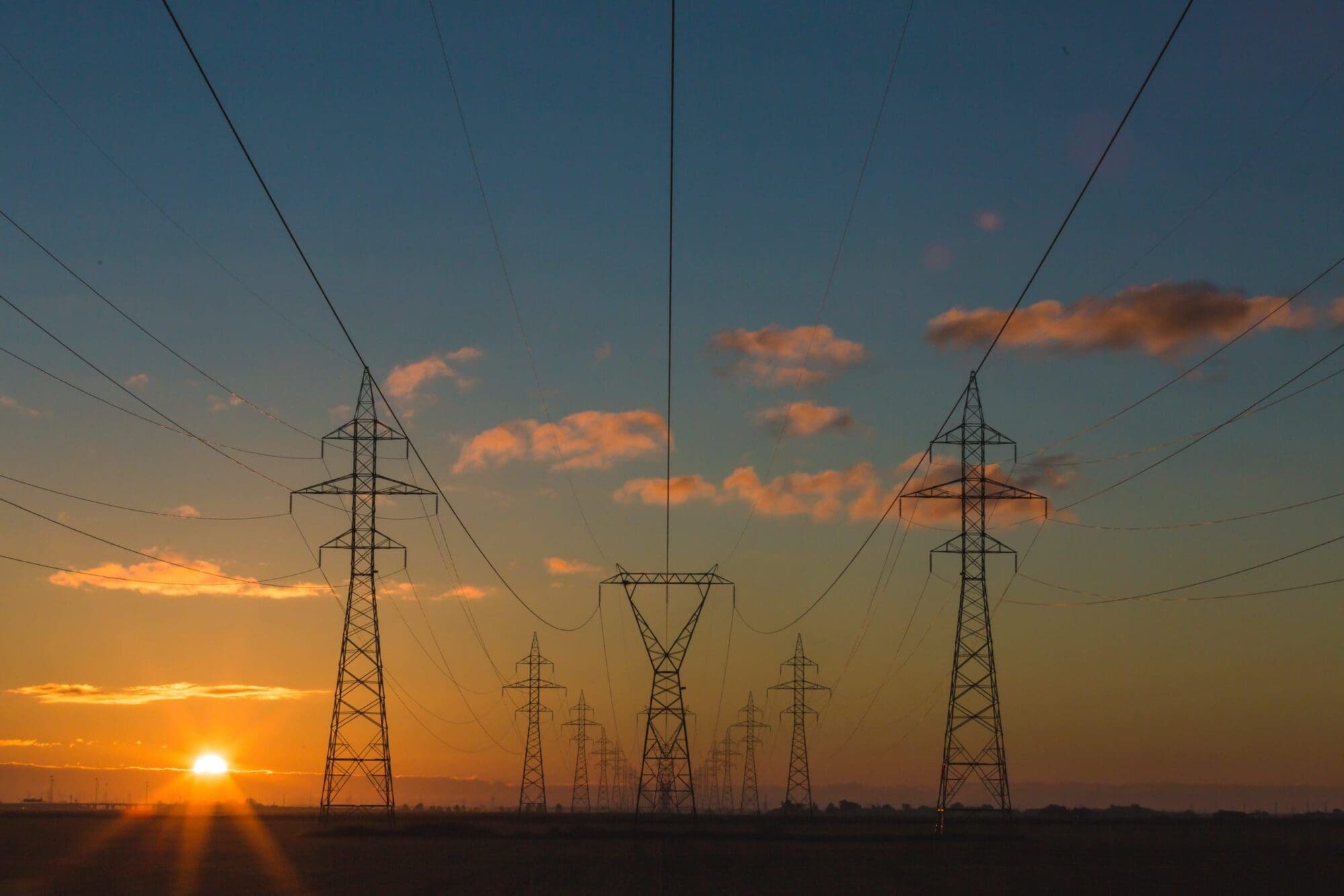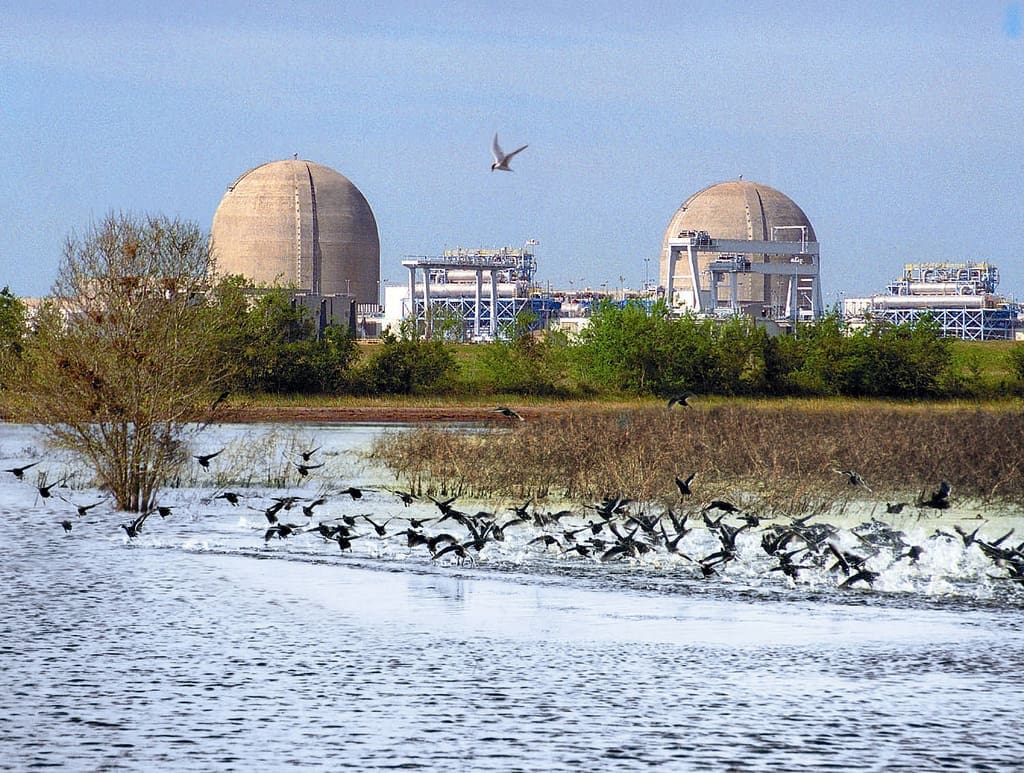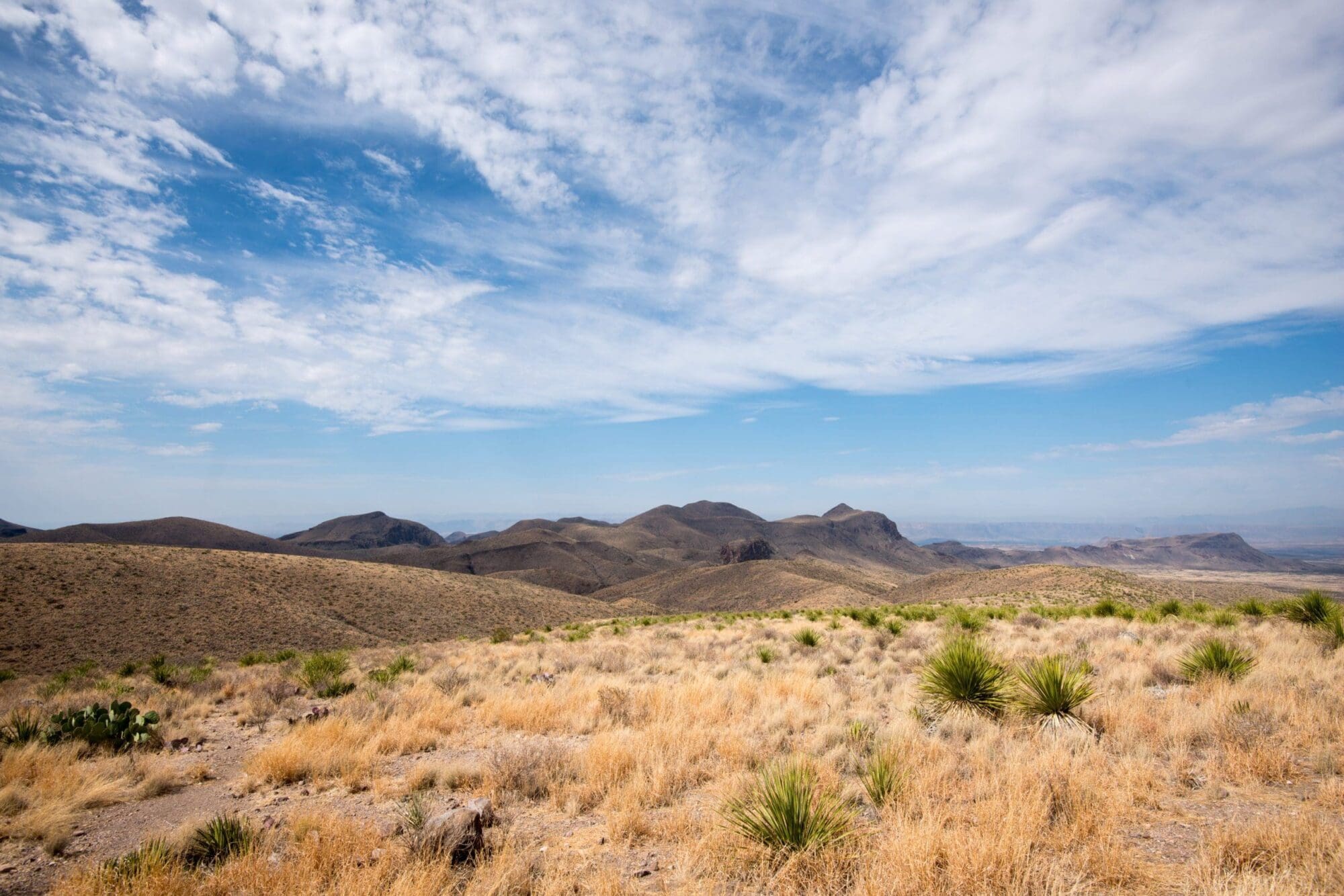In May, Texas GOP delegates met to determine the top legislative priorities for Republicans in the state of Texas.
The Texas GOP’s sixth priority states:
Securing the integrity of Texas electricity production and delivery of abundant, reliable, and resilient energy, ensuring that the Texas grid can withstand any natural or manmade threat to include weather, cyber, physical, electromagnetic pulse (EMP), and geomagnetic disturbances (GMD).
It has been over three years since Winter Storm Uri hit Texas in February of 2021. The state faced a record level of snow, frigid temperatures, and severe weather impacting all 254 counties. During the peak of the crisis, at least 4.5 million residents were left without electricity.
As previously reported by Texas Scorecard, during a June 10 Texas House committee hearing, Association of Electric Companies of Texas President and CEO Mark Bell defended ERCOT’s preparedness heading into this summer season but warned about future stressors.
This has led to recent debates on how Texas can strengthen the grid and whether Texas should incorporate its independent electrical grid with the rest of the United States.
In 2021, Gov. Greg Abbott signed legislation for power grid weatherization after the power grid’s failure during February 2021. According to the office of the governor:
Under Senate Bills 2 and 3, Texas will now require the weatherization of power generation facilities, natural gas facilities, and transmission facilities to handle extreme weather. The Texas Railroad Commission and ERCOT will be required to inspect these facilities, and failure to weatherize these facilities can result in a penalty of up to one million dollars.
Last session, there were several bills proposed in regard to energy infrastructure in Texas:
Senate Bill 6 would create a 10,000 megawatt reserve of gas fueled power plants for times of high demand as well as a low interest loan program for the construction of new gas plants. It passed the Senate but died in the House.
Senate Bill 7 would put in place a market construct that would steer electricity sources toward natural gas power plants and would force wind and solar power sources to either have dispatchable power on site or buy electricity to place in the market when they are not producing. After it passed both chambers, it died in conference committee.
Senate Bill 2010 and Senate Bill 2011 would address market abuses. SB 2010 was vetoed by Gov. Abbott, and SB 2011 was signed by the governor.
Senate Bill 2014 would eliminate any remaining state incentives for building renewable energy and died in the House State Affairs Committee.
Senate Bill 2015 would prevent the development of renewable energy in Texas from outpacing natural gas by placing a cap on the amount of new renewable megawatts based on the amount of natural gas generation in the pipeline. The legislation died in the House State Affairs Committee.
In December of 2023, Calpine Corporation’s Freestone County Energy Center announced their expansion project in Houston. According to the governor, “This expansion project will bring more than 300 new jobs to Freestone County and 425 megawatts of new, dispatchable generation to the Texas electrical grid. These new, dispatchable megawatts accompany an additional 7,000 megawatts of dispatchable generation expected to come online in 2024.”
Most recently, in April 2024, Governor Greg Abbott celebrated Texas expanding access to affordable and reliable power at a groundbreaking ceremony in Maxwell for the two new Lower Colorado River Authority (LCRA) peaker power plants, which will reportedly add hundreds of megawatts of power to the Texas electric grid.
Gov. Greg Abbott and Lt. Gov. Dan Patrick have recently raised urgent concerns about the future stability of Texas’ power grid after ERCOT CEO Pablo Vegas warned that Texas might need 150,000 megawatts of power to support its grid by 2030.
No ads. No paywalls. No government grants. No corporate masters.
Just real news for real Texans.
Support Texas Scorecard to keep it that way!





